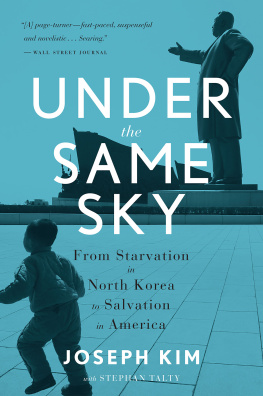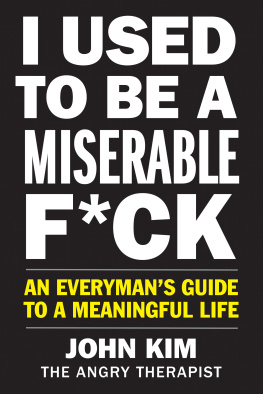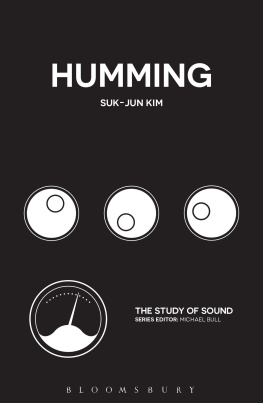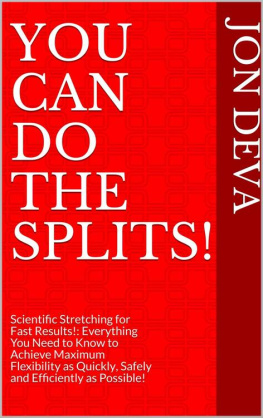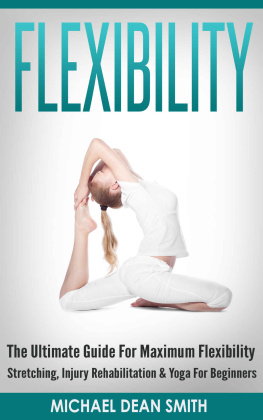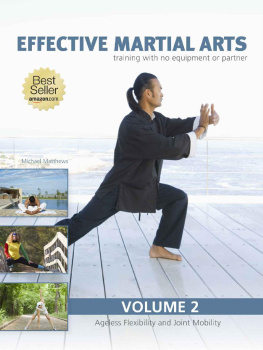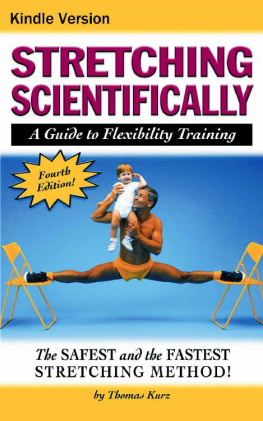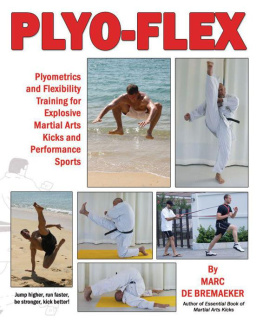Ultimate Flexibility
A Complete Guide to Stretching for Martial Arts
By Sang H. Kim
ULTIMATE FLEXIBILITY: A COMPLETE GUIDE TO STRETCHING FOR MARTIAL ARTS. Copyright 2004 Sang H. Kim. All rights reserved. Printed in the United States of America. No part of this book may be reproduced without written permission except in the case of brief quotations embodied in articles or reviews. For information, address Turtle Press, 500 N. Washington St #1545, Rockville MD 20849
www.turtlepress.com.
ISBN 978-1-934903-99-5
Preface
Be friendly with your body. Your mood and condition change hourly, daily, monthly and with the seasons. Youve got to build up from wherever you are. You should not and dont have to compare yourself to someone else who is way ahead of you. Be yourself. Build from your honest self. You cannot cheat with flexibility. You either have it or dont.
The exercises in this book are those that I have practiced for over 30 years. Even now I have some degree of difficulty with some movements. So when you are struggling with a particular exercise remember that even after thirty years, I struggle too. Begin from wherever you can and work toward the ideals that you see in the photos. While some of the exercises are quite difficult, some are very easy. These are the exercises that you can and should do every day because they dont cause pain or require much effort.
Keep your stretching regimen interesting and relevant to your overall training. When you feel that your flexibility training is related to your martial arts practice, you will definitely progress toward your goal. Begin with what you can do well, then gradually challenge yourself before finishing with something pleasant and relaxing. Always end your workouts on a positive note so your muscles will be eager to try again and your mind will be fresh and alive.
The road to flexibility travels through both the scenic woods and the barren desert. Whatever you meet and wherever you find yourself, remember you are on a journey.
Happy Stretching!
Sang H. Kim
Chapter One: The Big Picture
Before we get into specifics about stretching and flexibility, lets take a moment to orient ourselves. If you are interested in improving your flexibility, you probably fall into one of three groups: the novice who is starting from scratch, the experienced martial artist who is frustrated with his or her progress or the elite athlete who is looking for every edge when it comes to flexibility.
Depending on your level of experience and knowledge, the way you approach your training and the way you use this book will differ greatly.
... Starting from Scratch
Youre new to martial arts and/or new to stretching and flexibility. You know you want to be more flexible, but have no idea where to start. Start with the list below:
1. Start slowly
Sure, youre anxious to get started, but flexibility is a long-term process. Doing twice as much today doesnt mean you will progress twice as fast or even that you can do half as much tomorrow.
2. Make a small commitment
Flexibility doesnt require a huge commitment. Its much less time consuming than cardio or even your regular martial arts training. By making a small commitment, youre more likely to stick to it in the long run.
3. Choose one exercise for each target area
You have roughly fifteen target areas that need to be stretched for martial arts training. Doing one exercise per target area is fine to start out. See the Core Workout in the Workout Section (page 268-269) for a good basic workout.
4. Spend no more than 15 minutes daily
Everyone, no matter how busy, can afford fifteen minutes out of the day for stretching. By keeping your time commitment small, it becomes hard to make excuses for skipping a stretching session. Fifteen minutes is plenty of time for a beginner to cover the major muscle groups. If you are alternating target areas, for example, the upper body one day and the lower body the next, you can either spend more time on each stretch or simply cut your session to eight to ten minutes.
5. Reward yourself
Stretching shouldnt be drudgery. If you dont enjoy it as a relaxing activity in itself, reward yourself at the end of each session.
6. Get educated
Read up on how stretching works, which exercises are beneficial and which are harmful, how to apply flexibility to your martial arts training and how to turn up the intensity as you progress. The Stretching and Flexibility chapters of this book are an excellent place to begin.
7. Make one or two short-term goals
Short-term goals are easy to achieve and will make you feel like youre progressing right from the start. Right now take a moment to set a goal of exactly how often and how much youll stretch. Write it down using concrete words and imagery. For example, Starting today, I will stretch for fifteen minutes every day right before breakfast. If you need help setting goals as you progress, the Planning chapter (page 80) has a number of helpful strategies.
8. Evaluate your progress frequently
Sometimes, flexibility training can be frustrating because the results are hard to measure. Choose a few exercises to track your progress. Static stretches like the standing toe touch, hamstring stretch and side bend work well for beginners. As you progress, gauging your progress within the context of your martial arts training will become more important to you, but for now, just focus on a few simple tracking exercises.
9. Dont get discouraged if you plateau
Reaching a plateau, a point at which you get stuck for a short time, is normal. Dont let a plateau discourage you. Instead, see it as your bodys way of saying, Hey, challenge me Im ready!
10. Stay within your depth
If you are participating in a martial arts class, it may be tempting to imitate the movements you see higher-ranking students doing or to jump ahead and start doing PNF stretches right away. Unfortunately, this is more likely to cause setbacks than improvements in your flexibility. While static stretching can seem boring and low tech, it is the safest and most effective means of stretching for a beginner. In time, as long as you stay injury free and progress steadily, youll be the one that the new students are eager to imitate.
... Getting Over the Hump
Youve been involved in the martial arts for a while, maybe even years, but you feel stuck. No matter what you do, your flexibility doesnt improve in the ways that youd like. If youre ready to get on the road to measurable progress, here is your road map:
1. Educate yourself
Just because youve been stretching a certain way since you were a white belt, doesnt mean youre doing it right. There are many theories on stretching and simply understanding how your muscles work can be a big help in sorting out what theories you choose to apply to your training.
2. Set concrete goals
If youve always wanted to be more flexible, but have never really been sure what that means, now is the time to get serious. Set a minimum of three concrete flexibility goals for the coming year. For more details on setting and sticking to your goals, see the section on goal setting.
3. Make a plan
Once you have goals, you need a plan. Simply deciding that youre going to stretch after each class isnt enough to help you overcome your frustration. By the time you finish this book, you should be able to create a plan that tells you exactly how youre going to take your flexibility to the next level, including which exercises, how often, using which methods of stretching, when and at what intensity level. The more specific you can be in planning, the better your chances of increasing your flexibility. If you have never planned a workout before, the Planning chapter has detailed instructions to help you get started.


